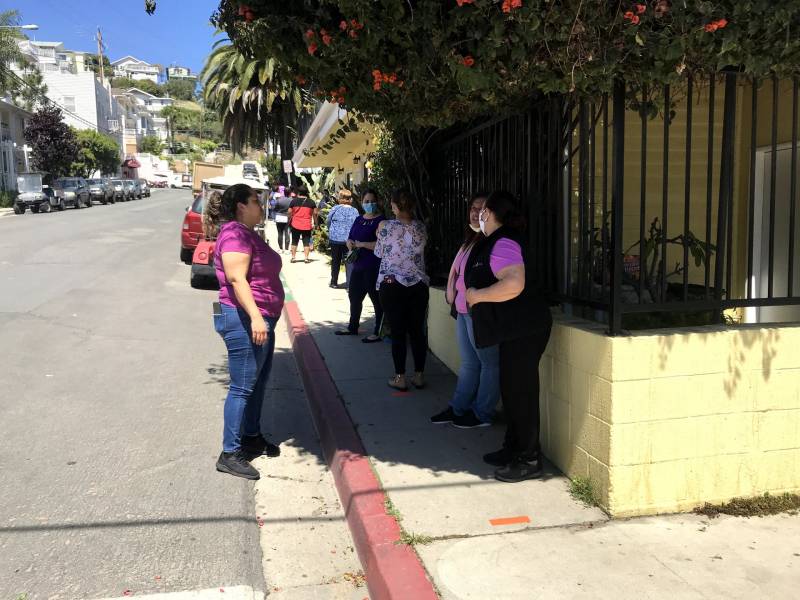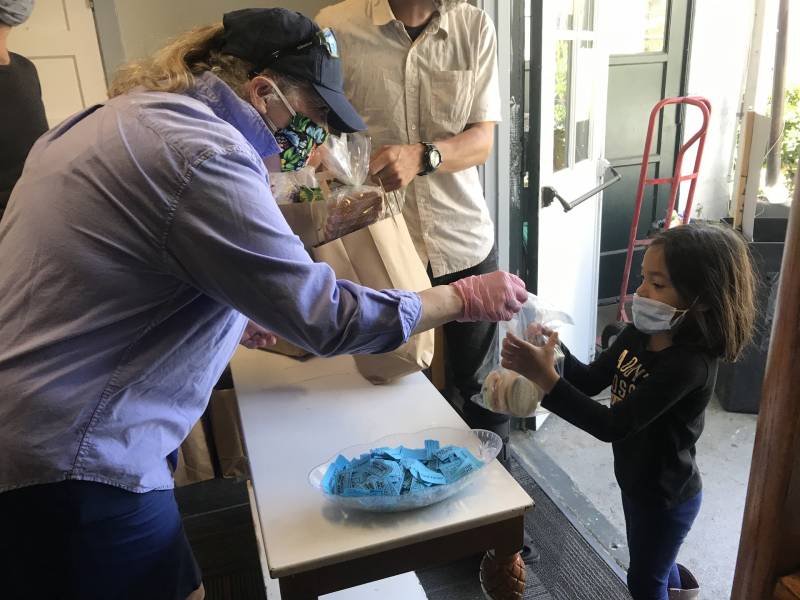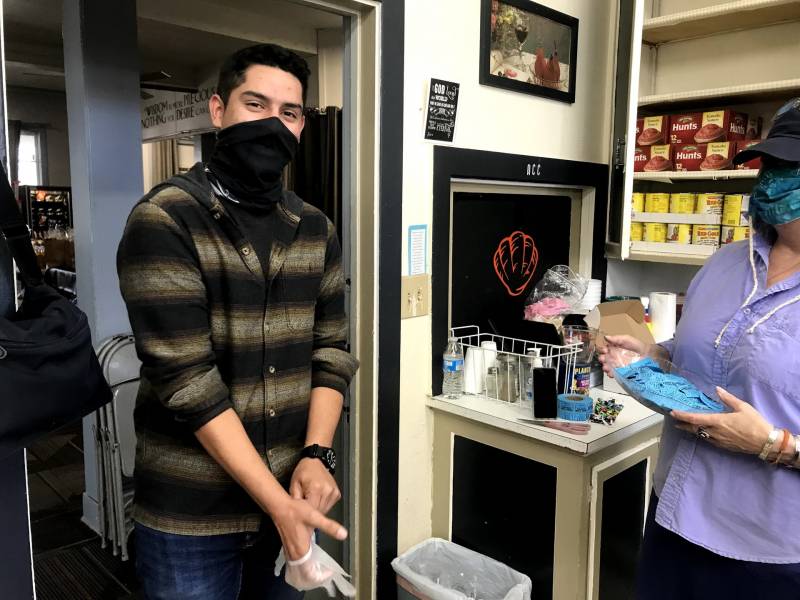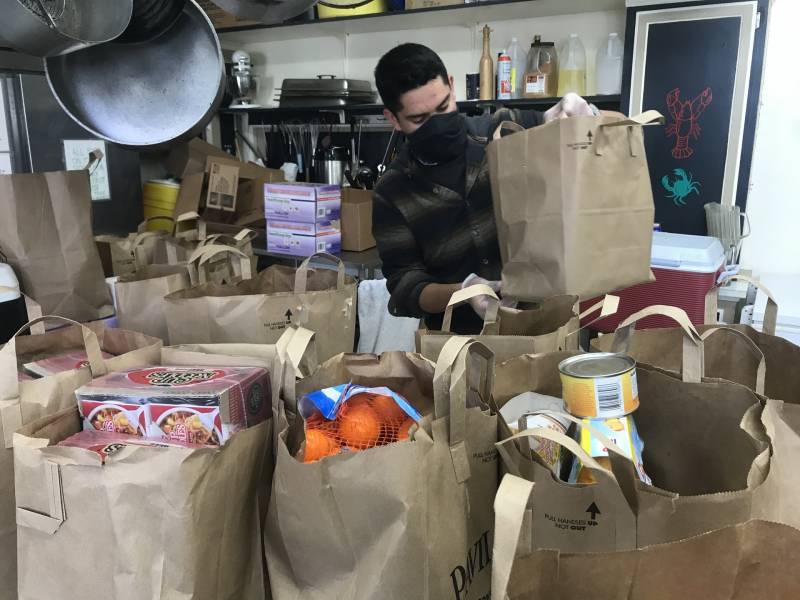Catalina Island is 26 miles off the coast of Long Beach, a peaceful rock in the glimmering Pacific. It is known as a tourist destination, but around 4,000 people live there year-round. The island is accessible by small airplane, but most visitors and locals take the ferry — a $75 round-trip journey.
The hour-long ferry from Long Beach to the town of Avalon on Catalina Island is only open for essential travel. Mask-wearing is mandatory (though you can still purchase a Bloody Mary, if you slip the straw under your mask).
I know this because I’m from Catalina. I rode the ferry from Long Beach earlier this month to shelter in place with my mom. There are only two documented cases of COVID-19 on Catalina Island, but for a town that relies on tourism, the loss of business has devastated locals.
The city of Avalon unemployment estimates are as high as 90%, and most of the town's restaurants, hotels and beaches are closed. The red-brick streets that would typically be bustling with selfie-stick wielding tourists are empty. Avalon feels like a ghost town.
It takes just five minutes to walk from the ferry to the Avalon Community Church. Every Wednesday since mid-March, dozens of families stand 6 feet apart on the sidewalk outside the church, seeking out the shade on a hot spring day.

They’re chatting mostly in Spanish — around two-thirds of Avalon is Latinx. Many are Mexican American and primarily work in the hospitality and food service industry, meaning many are now unemployed. They're waiting patiently in line at the Avalon Food Pantry.



